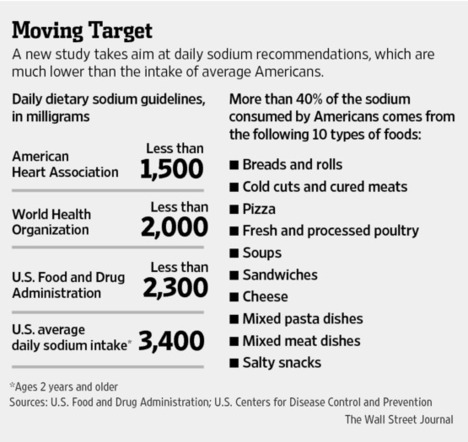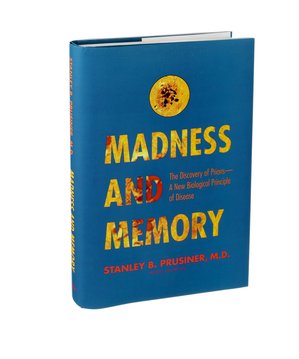Happy Accidents is a wonderful book on serendipitous discovery that I ran across serendipitously. I had never heard of the author, but was interested in serendipity, so I started to collect books that Amazon says have something to do with serendipity. I let Happy Accidents sit on my shelf for about four years before starting to read.
The author is a retired, distinguished physician. The book is mainly a compendium of cases where major medical advances resulted from chance discoveries. Of course, the discoveries usually required more than just good luck. They usually required that someone was alert to the unexpected, and was willing to work in order to turn the unexpected into a cure. Their efforts are often made all the harder because of resistance from powerful incumbent “experts” and institutions. Often the discoveries go against the current theory, and are discovered by underfunded marginal outsiders.
Meyers points out that the centrally planned War on Cancer has cost the taxpayer a lot of money, and has largely failed to achieve its intended and predicted results. The reason is that you cannot centrally plan serendipity.
During the next several weeks, I will be quoting some of Meyers’ more revealing examples or thought-provoking comments.
Book discussed:
Meyers, Morton A. Happy Accidents: Serendipity in Modern Medical Breakthroughs. New York: Arcade Publishing, 2007.





